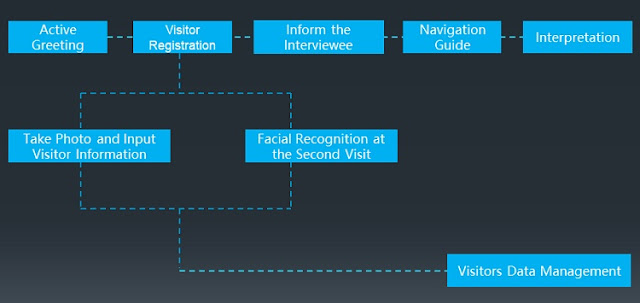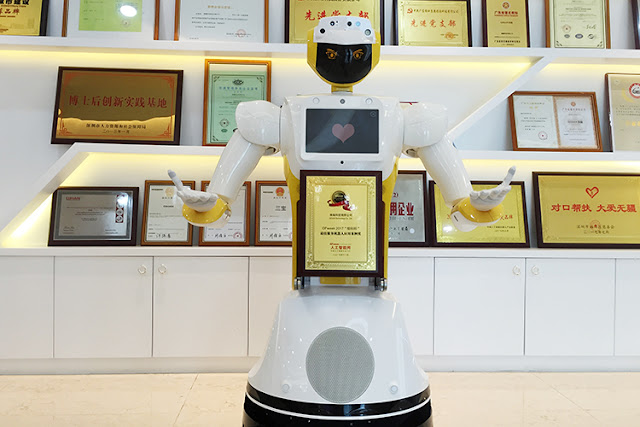MIIT, the Ministry of Industry and Information Technology of the People’s Republic of China, will make great breakthroughs in accelerating the AI core technologies and symbolic products in the next three years. The intelligent home service robot is the key. By 2020, intelligent home service robot like care robots for the elderly aims to achieve massive production, and medical rehabilitation assistant robot and the disabled robot aims to achieve sample production.
China is facing the problems of increasing labor cost and aging population; the market of the service robot industry is gradually opening, therefore the opportunity appears. In particular, with the improvement of the life quality of our Chinese citizens, the service robots will speed up the search for more application scenarios. The service robots can meet some social needs, such as patients’ recovery, and have potential markets in individuals, families, and public services.
China is expected to take the lead in the transition from followers to leaders in the service robot. The core strengths of China’s development of service robots include: compared with overseas competitors, the cost advantage of Chinese service robots is obvious thanks to its more and more mature and complete electronic industry chain. The demand for service robots in the Chinese market will continue to be booming, benefiting from consumption upgrades and labor shortages.
With the improvement of the core AI technologies and the continuous improvement of the industrial chain, the price of service robots will fall and they will go into thousands of families. According to the IFR forecast, the service robots during 2016–2019 will have a market size of $50 billion, which will is much greater than industrial robots. According to the report released by the China MIIT, the service robot market in China has entered a stage of rapid growth.
However, intelligent service robotics still have a large development space and need time to perfect the related hardware and software infrastructure and services of the industry chain, including sensors, voice and visual, intelligent chip, operating system, etc. Therefore, greater service and products will come into being and bring better consumer experience.
China is facing the problems of increasing labor cost and aging population; the market of the service robot industry is gradually opening, therefore the opportunity appears. In particular, with the improvement of the life quality of our Chinese citizens, the service robots will speed up the search for more application scenarios. The service robots can meet some social needs, such as patients’ recovery, and have potential markets in individuals, families, and public services.
China is expected to take the lead in the transition from followers to leaders in the service robot. The core strengths of China’s development of service robots include: compared with overseas competitors, the cost advantage of Chinese service robots is obvious thanks to its more and more mature and complete electronic industry chain. The demand for service robots in the Chinese market will continue to be booming, benefiting from consumption upgrades and labor shortages.
With the improvement of the core AI technologies and the continuous improvement of the industrial chain, the price of service robots will fall and they will go into thousands of families. According to the IFR forecast, the service robots during 2016–2019 will have a market size of $50 billion, which will is much greater than industrial robots. According to the report released by the China MIIT, the service robot market in China has entered a stage of rapid growth.
However, intelligent service robotics still have a large development space and need time to perfect the related hardware and software infrastructure and services of the industry chain, including sensors, voice and visual, intelligent chip, operating system, etc. Therefore, greater service and products will come into being and bring better consumer experience.


























